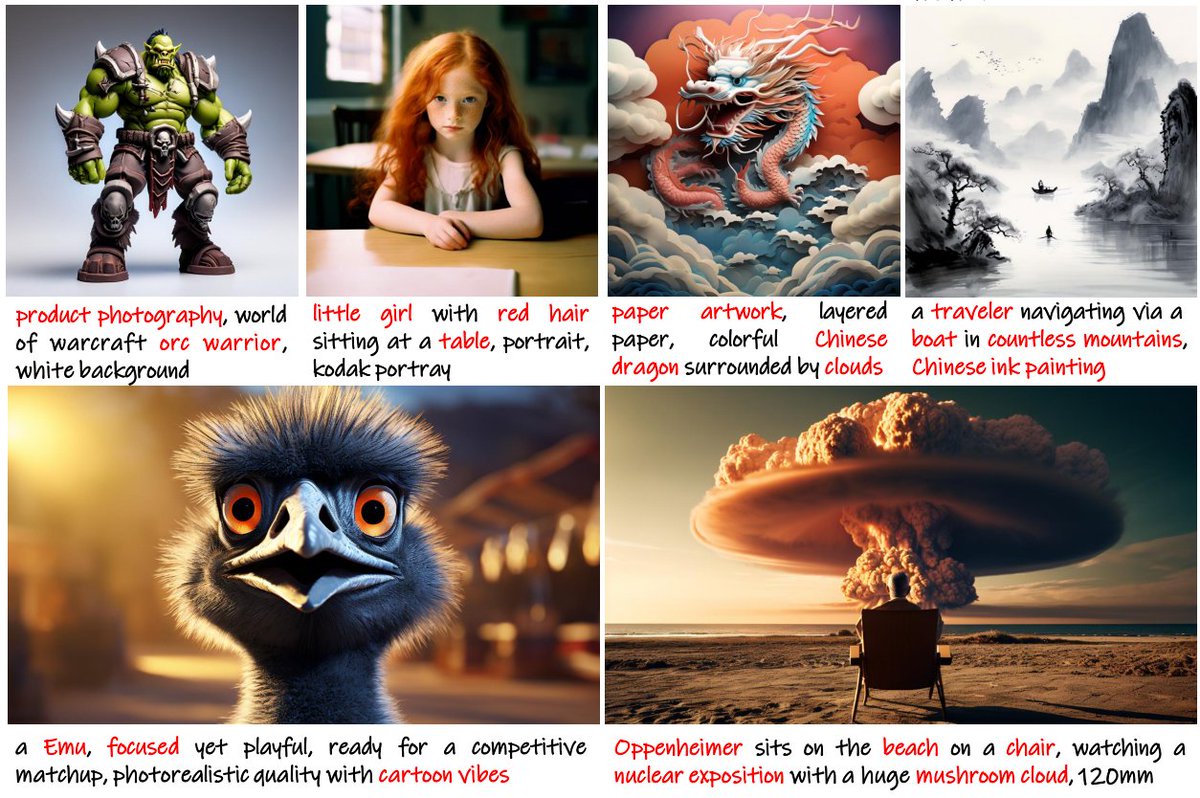🧨 diffusers 0.17.0 is out and comes with new pipelines, improved LoRA support, `torch.compile()` speedups, and more ⏰
🪄 UniDiffuser
🦄 DiffEdit
⚡️ IF DreamBooth
💡 Support for A1111 LoRA
and more ...
Release notes 📝
github.com/huggingface/di…
1/🧶
🪄 UniDiffuser
🦄 DiffEdit
⚡️ IF DreamBooth
💡 Support for A1111 LoRA
and more ...
Release notes 📝
github.com/huggingface/di…
1/🧶

First, we have another cool pipeline, namely UniDiffuser, capable of performing **SIX different tasks** 🤯
It's the first multimodal pipeline in 🧨 diffusers.
Thanks to `dg845` for contributing this!
Docs ⬇️
huggingface.co/docs/diffusers…
2/🧶
It's the first multimodal pipeline in 🧨 diffusers.
Thanks to `dg845` for contributing this!
Docs ⬇️
huggingface.co/docs/diffusers…
2/🧶
Image editing pipelines are taking off pretty fast and DiffEdit joins that train!
With DiffEdit, you can perform zero-shot inpainting 🎨
Thanks to `clarencechen` for contributing this!
Docs ⬇️
huggingface.co/docs/diffusers…
3/🧶
With DiffEdit, you can perform zero-shot inpainting 🎨
Thanks to `clarencechen` for contributing this!
Docs ⬇️
huggingface.co/docs/diffusers…
3/🧶

With Stable Diffusion DreamBooth, it's very difficult to get good results on faces.
To this end, @williamLberman added support for performing DreamBooth training with "IF" and the results are remarkably better!
Learn more here ⬇️
huggingface.co/docs/diffusers…
4/🧶

To this end, @williamLberman added support for performing DreamBooth training with "IF" and the results are remarkably better!
Learn more here ⬇️
huggingface.co/docs/diffusers…
4/🧶


We now support A1111 formatted LoRA checkpoints directly from 🧨 diffusers 🥳
Thanks to `takuma104` for contributing this feature!
Check out the docs to learn more ⬇️
huggingface.co/docs/diffusers…
5/🧶
Thanks to `takuma104` for contributing this feature!
Check out the docs to learn more ⬇️
huggingface.co/docs/diffusers…
5/🧶

🧨 diffusers has supported LoRA adapter training & inference for a while now. We've made multiple QoL improvements to our LoRA API. So, training LoRAs and performing inference with them should now be much more robust.
Check out the updated docs ⬇️
huggingface.co/docs/diffusers…
6/🧶
Check out the updated docs ⬇️
huggingface.co/docs/diffusers…
6/🧶
All these updates -- wouldn't have been possible without our dear community, and we're thankful to them 🤗
Be sure to check out the full release notes 📝
github.com/huggingface/di…
7/🧶
Be sure to check out the full release notes 📝
github.com/huggingface/di…
7/🧶
https://twitter.com/RisingSayak/status/1666871818035277825
• • •
Missing some Tweet in this thread? You can try to
force a refresh

















